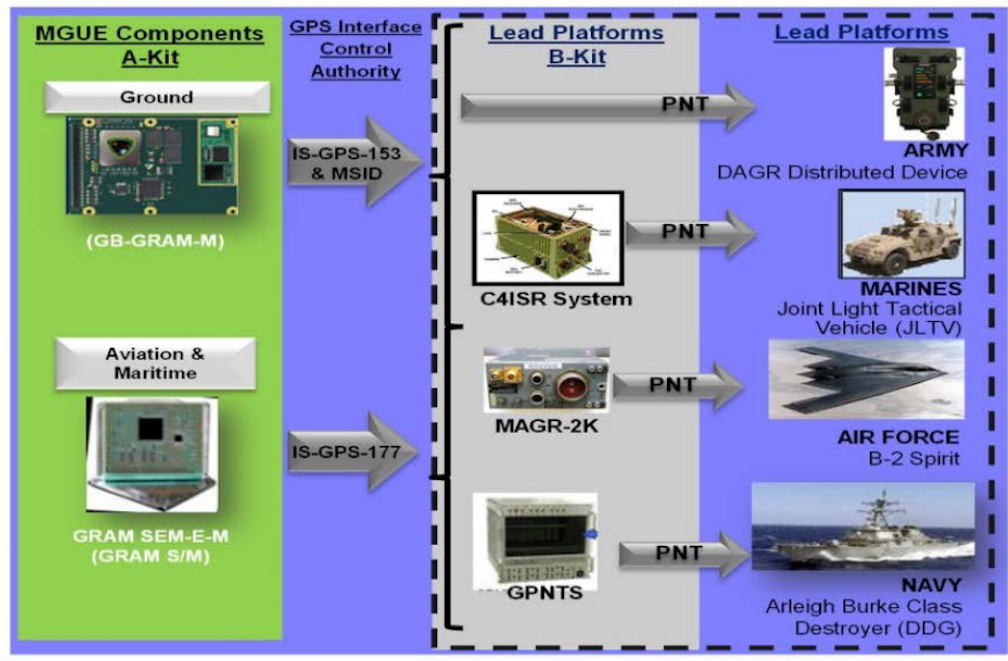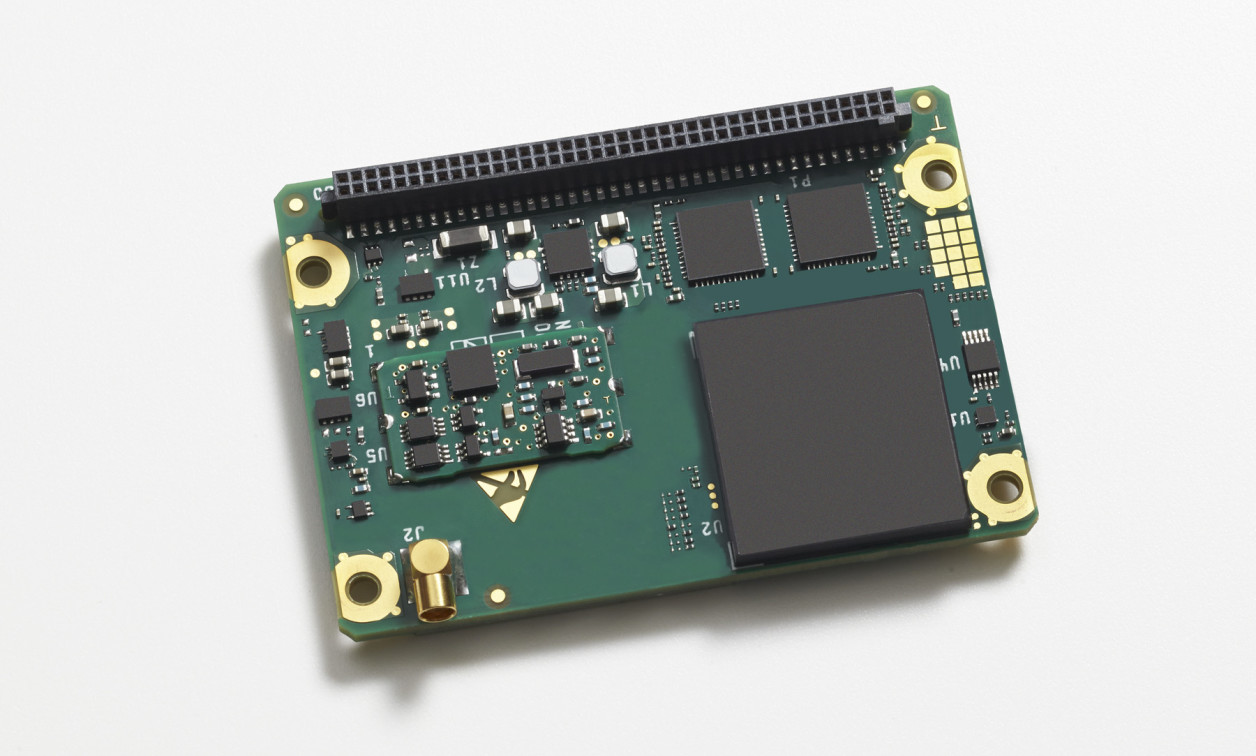Systems like GPS, Russia’s GLONASS, China’s BeiDou, and Europe’s Galileo systems are Global Satellite Navigation Systems (GNSS) that provides real-time positioning, navigation and timing (PNT) data. The worldwide Global Positioning System (GPS), created in the late 1980s, has evolved to become an essential part of life for nearly every person on the planet.
However, in many environments in which military operates (inside buildings, in urban canyons, under dense foliage, underwater, and underground) have limited or no GPS access. Similarly, GPS signals can be significantly degraded or unavailable during solar storms.GPS and GNSS signals are easily disrupted by unintentional interference from radio transmitters. GPS and GNSS signals are extremely weak, cannot penetrate buildings and can easily be jammed. Civilian GPS and GNSS signals are not encrypted and can easily be spoofed
GPS is also vulnerable to jamming attacks, GNSS jammers are now being used by criminals or vehicle hijackers, as reported by the FBI: “… GPS tracking devices have been jammed by criminals engaged in nefarious activity including cargo theft and illicit shipping of goods.Typical military jammers are able to affect GPS receiver for many tens of kilometers by line of sight. It’s a problem because best accuracy, availability and global coverage of PNT data is through GPS/GNSS. US and allied GPS signals are under an increasing threat of enemy electronic warfare jamming attempts. A new US Air Force initiative addresses this challenge and attempts to deny the enemy the use of US GPS signals.
The next generation will be composed of GPS III satellites are deisgned to be capable of meeting military and civil needs through 2030 which will include all of the legacy capabilities, plus the addition of high-powered, anti-jam military-code, along with other accuracy, reliability, and data integrity improvements. The system would provide a best value solution with the flexibility to anticipate and respond to future military and civilian needs.
Encrypted M-code signals will be up to eight times more powerful than currently. This makes them more reliable. but also enables the sats to overcome efforts to jam their signals. Other signals also offer increased signal power at the Earth’s surface. L1 and L2: −158.5 dBW for aC/A code signal and −161.5 dBW for the P(Y) code signal. L5 will be −154 dBW.
The Global Positioning System (GPS) is a space-based radio Positioning, Navigation, and Timing (PNT) distribution system. GPS User Equipment (UE) consists of standardized receivers, antennas, antenna electronics, and other related equipment, grouped together in sets to derive navigation and time information transmitted from GPS satellites.
These receiver sets are used by the Department of Defense (DoD). Research, Development, Test and Evaluation (RDT&E) funds UE development, integration, test, and analysis for new PNT receiver capabilities in Navigation Warfare (NAVWAR) across all military platforms using GPS services. The Military Global Positioning System User Equipment (MGUE) Increment (Inc) 1 program is responsible for the development of standard modernized receiver form factors for the Service-nominated lead platforms. MGUE Inc 1 is initiating a new family of modernized GPS receivers that will deliver significantly improved capability to counter current and emerging PNT threats and enable military operations in a NAVWAR environment where current legacy receiver performance would be compromised.
BAE Systems wins further contract for U.S. hardened military GPS modules
BAE Systems has been awarded a further $316 million contract to deliver hardened military GPS modules, by the U.S., following on from an initial agreement earlier this year. Specifically, the U.S. Defense Logistics Agency has executed the contract option, which together with the the $325.5m awarded in May brings the total funding to $641 million.
The deal will ensure the availability of Common GPS Modules (CGM) for advanced military GPS receivers with anti-jamming and anti-spoofing capabilities. The technology is intended to help warfighters conduct operations in what may be contested electronic environments.
Under the terms of the contract, BAE Systems will manufacture CGMs for future ground, airborne, and weapon GPS receivers for the U.S. Department of Defense and its allies. The intention is to meet domestic and international demand for Military GPS User Equipment (MGUE) Increment 1 M-Code modules in GPS receivers up to the end of the decade.
“Military operations require assured positioning, navigation, and timing and our customers are shifting to M-Code to harden their GPS systems against jamming and spoofing,” said Frank Zane, Navigation and Sensor Systems business development director at BAE Systems. “We’re ready to meet this need today with secure, reliable M-Code GPS solutions, and we’re developing the next-generation of solutions to stay ahead of the threat.”
The company says it is currently delivering two advanced M-Code GPS receivers. The first is the Miniature PLGR (Precision Lightweight GPS Receiver) Engine – M-Code (MPE-M), and the second is the NavStrike-M GPS receiver.
Deliveries of the ultra-small MicroGRAM-M are expected in 2022 and deliveries of the Strategic Anti-jam Beamforming Receiver – M-Code (SABR-M) are expected in 2024.

The MGUE Inc 2 effort will continue to expand Military-Code (M-Code) receiver technology into additional applications (space receivers and precision guided munitions), and develop a modernized Handheld device to meet Service requirements. This effort leverages the MGUE Inc 1 technology to the maximum extent while addressing the production of M-Code integrated circuits far into the future. The JROC approved the MGUE Inc 2 CDD on 6 April 2018.
The Air Force Service Acquisition Executive approved the MGUE Inc 2 Acquisition Strategy to include designation of two FY 2016 National Defense Authorization Act (NDAA) Section 804, Middle Tier Acquisition Rapid Prototype efforts: 1) Miniature Serial Interface (MSI) Receiver Cards to include next generation Application Specific Integrated Circuit (ASIC) and 2) Joint, Modernized Handheld Receiver.

Raytheon Awarded $16 Million for Military Global Positioning System User Equipment (MGUE) Contract
Raytheon Co., El Segundo, California, has been awarded a $16,743,449 modification for the Military Global Positioning System User Equipment (MGUE) Increment 2 Miniature Serial Interface (MSI) contract. The total cumulative face value of the contract is $176,441,061. The modification incorporates MSI Engineering Change Proposal-1 into the baseline. Work will be performed in El Segundo, California, is expected to be completed by March 14, 2025, and is funded by fiscal 2021 3620 Space Force research, development, test and evaluation funds. No funds were obligated at the time of award. The U.S. Space and Missile Systems Center, Los Angeles Air Force Base, California, is the contracting activity.
The United States Space Force’s Space and Missile Systems Center awarded the Military Global Positioning System User Equipment (MGUE) Increment (Inc) 2 Miniature Serial Interface (MSI) with Next-Generation Application Specific Integrated Circuit (ASIC) to BAE Navigation & Sensor System, L3Harris and Raytheon Technologies. MGUE Inc 2 enables military GPS user equipment to receive allied GNSS positioning, navigation and timing (PNT) signals to increase both the resilience and capability of military PNT equipment, and deter attacks on GPS. These signals will supplement GPS-based PNT in accordance with Department of Defense policies regarding usage of allied GNSS signals, ensuring identification and mitigation of cyber risks, and compatibility with existing PNT equipment.
Enhanced processing and security features associated with M-code drove the decision to develop a smaller and more powerful receiver card for handheld and dismounted applications, the U.S. Space Force said. The MSI with Next-Generation ASIC will enable Military-Code GPS receiver production, mitigating the obsolescence issue of current ASICs and providing significant security and performance improvements for GPS-enabled weapons systems. MGUE Inc 2 will be compatible with all existing and future spacecraft and ground systems. The MGUE program continues to experience delays integrating the new technology into the lead platforms and in developing final software and hardware builds by MGUE vendors.
Air Force asks three U.S. contractors to develop miniature ASIC technology for next-gen GPS receivers
U.S. Air Force navigation and guidance experts are choosing three U.S. defense contractors to develop and build enabling technologies for M-Code capable handheld and vehicle-mount Global Positioning System (GPS) satellite navigation receivers. Officials of the Space and Missile Systems Center of the Air Force Space Command at Los Angeles Air Force Base, Calif., announced contracts collectively worth $552.6 million on Friday for the Military GPS Users Equipment Miniature Serial Interface Increment 2 Application Specific Integrated Circuit (MGUE Inc 2 MSI ASIC) project.
The MGUE increment 2 MSI ASIC project is to be a small-size and -power consumption form factor to include a next-generation application-specific integrated circuit (ASIC) for secure GPS land navigation. The three contracts are going to the Raytheon Technologies Corp. Intelligence & Space segment in El Segundo, Calif.; the L3Harris Technologies Interstate Electronics segment in Anaheim, Calif.; and the Raytheon Technologies Collins Aerospace segment in Cedar Rapids, Iowa.
The three companies will develop ASICs for the MGUE MSI GPS receiver card to accommodate low size, weight, and power consumption (SWaP) for ground embedded users, aviation, and precision-guided munitions, Air Force officials say. The next-gen ASIC should provide significant performance improvements and extend production life over its predecessors, negate obsolescence issues of the current 90-nanometer and 45-nanometers increment 1 ASICs. The three companies chosen will complete receiver development, including formal qualification testing, verification, and security approval.
The joint-service MGUE program developed an updated set of military GPS receivers that provide accurate and reliable positioning, navigation, and timing service where previous receiver performance was compromised or unavailable. The program addressed the increasing threat of enemy electronic warfare jamming of U.S. and allied GPS signals, as well as to deny the enemy the use of U.S. GPS signals. Orbiting GPS IIR-M and IIF satellites are part of the MGUE program, as are GPS III satellites that are in development.
Prototype GPS receiver electronic circuit cards built for the MGUE helped add new features into GPS receiver designs. The MGUE also developed M-Code signals, which are transmitted from modernized GPS satellites. These signals retain all legacy GPS receiver capabilities, yet offers high-power signals with the ability to resist jamming and interference. M-Code signals also add security features to prevent their use by the enemy, and offer improved message formats and signal modulation for faster and more accurate performance. Raytheon Intelligence & Space (formerly Raytheon Space and Airborne Systems), Collins Aerospace, and L3Harris Interstate Electronics were involved in the MGUE increment MSI program.
References and Resources also include:
https://www.militaryaerospace.com/sensors/article/14187009/navigation-and-guidance-asic-gps
 International Defense Security & Technology Your trusted Source for News, Research and Analysis
International Defense Security & Technology Your trusted Source for News, Research and Analysis


